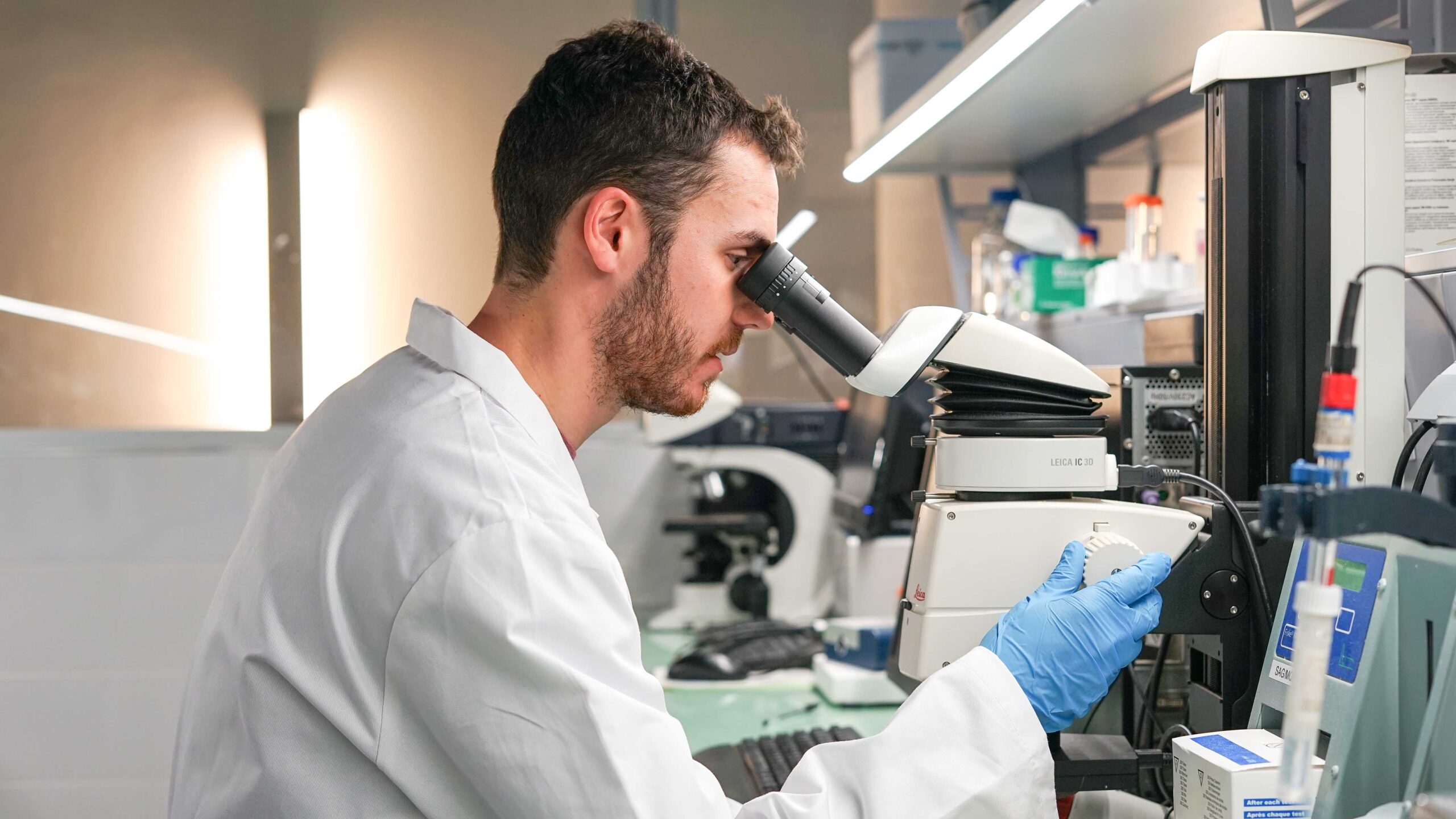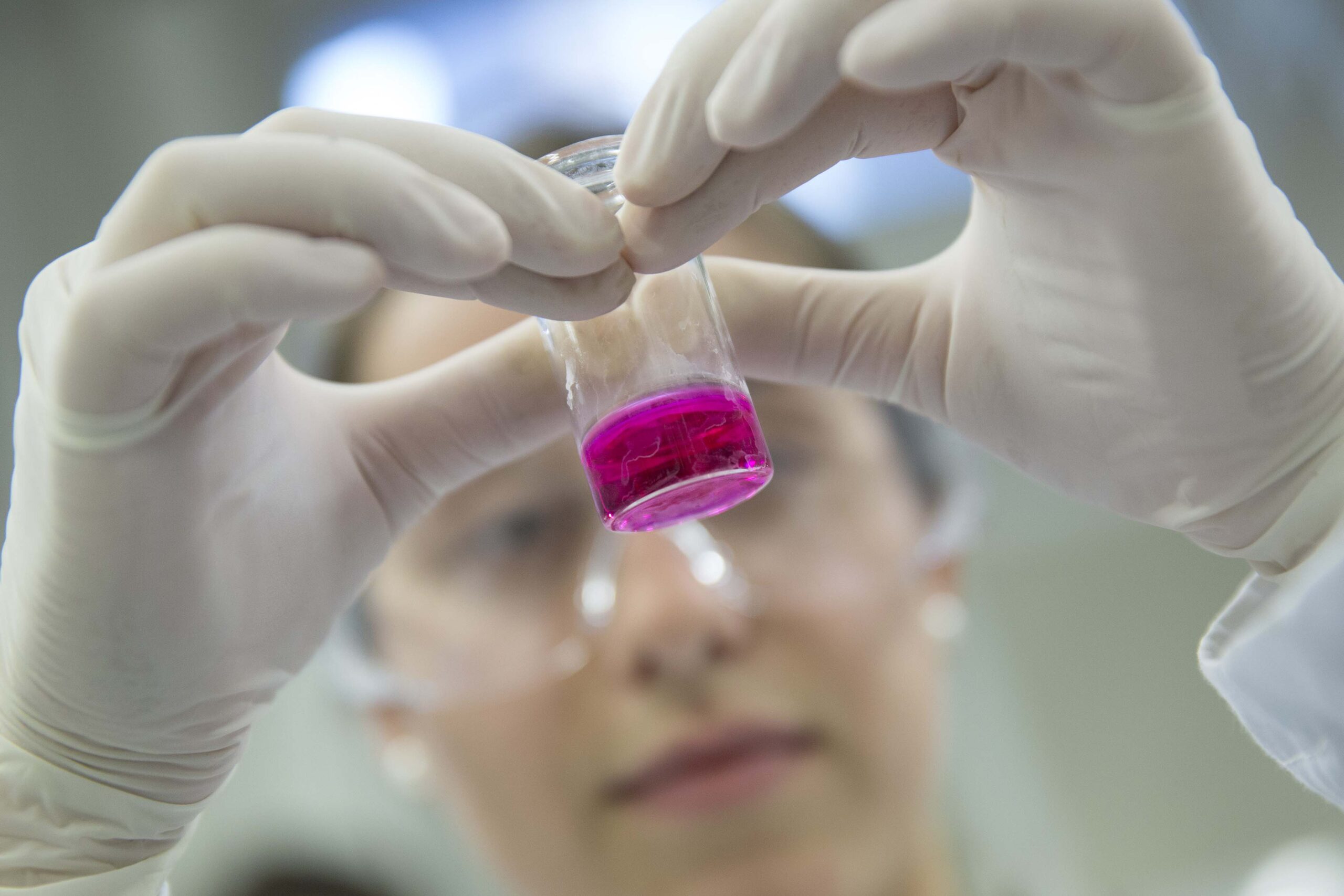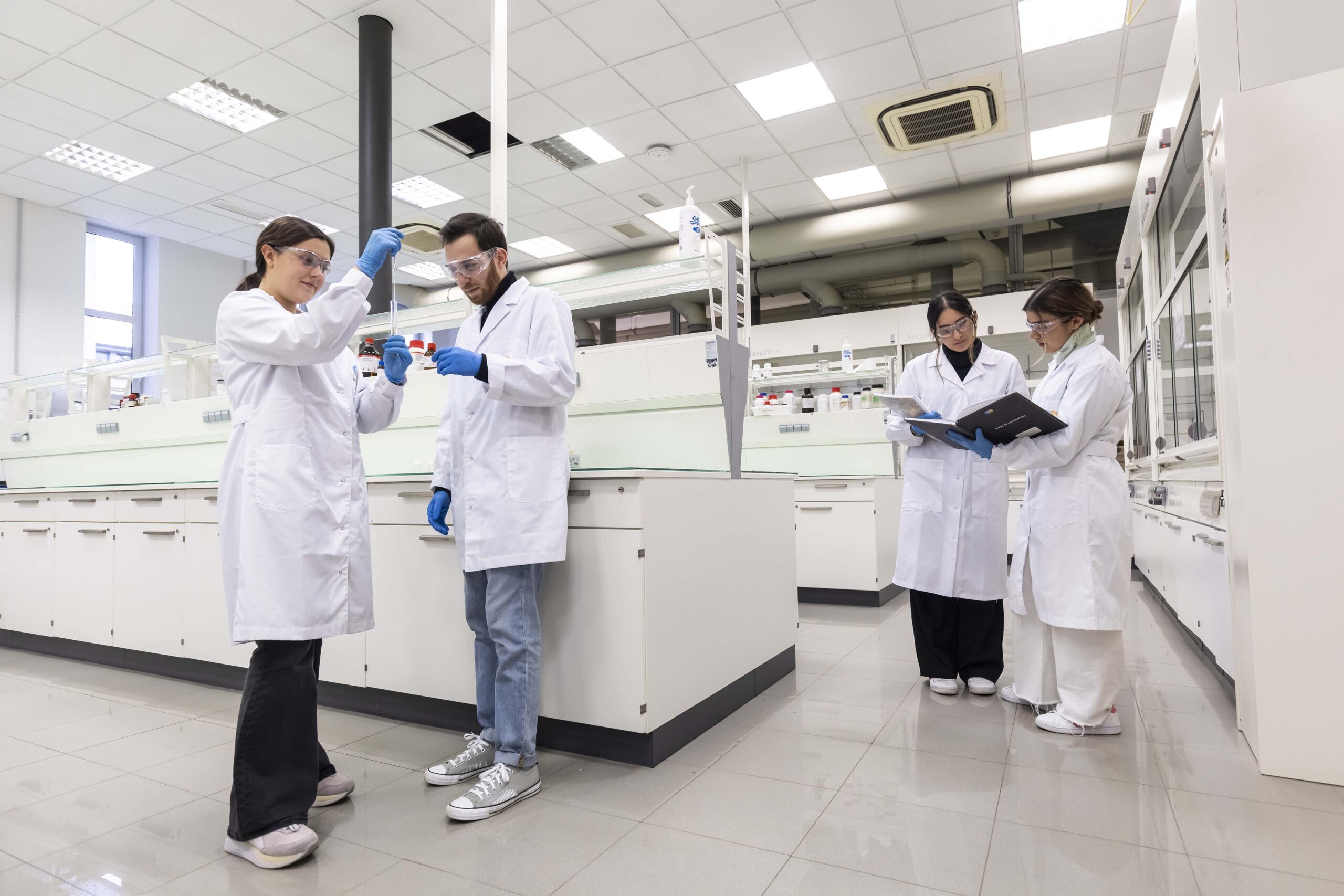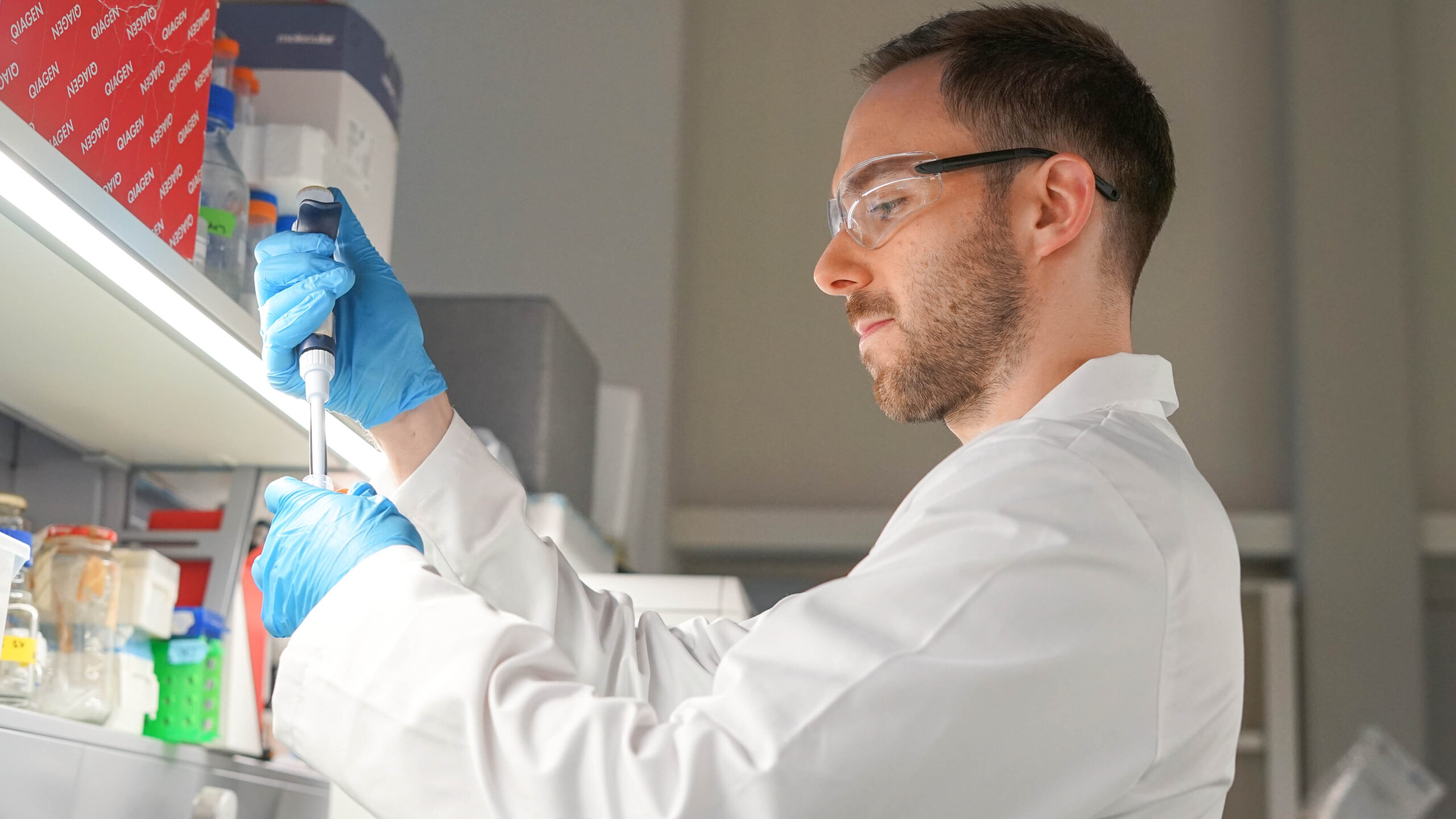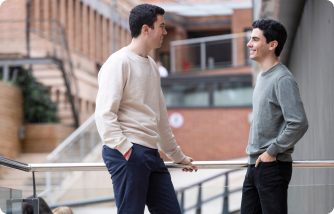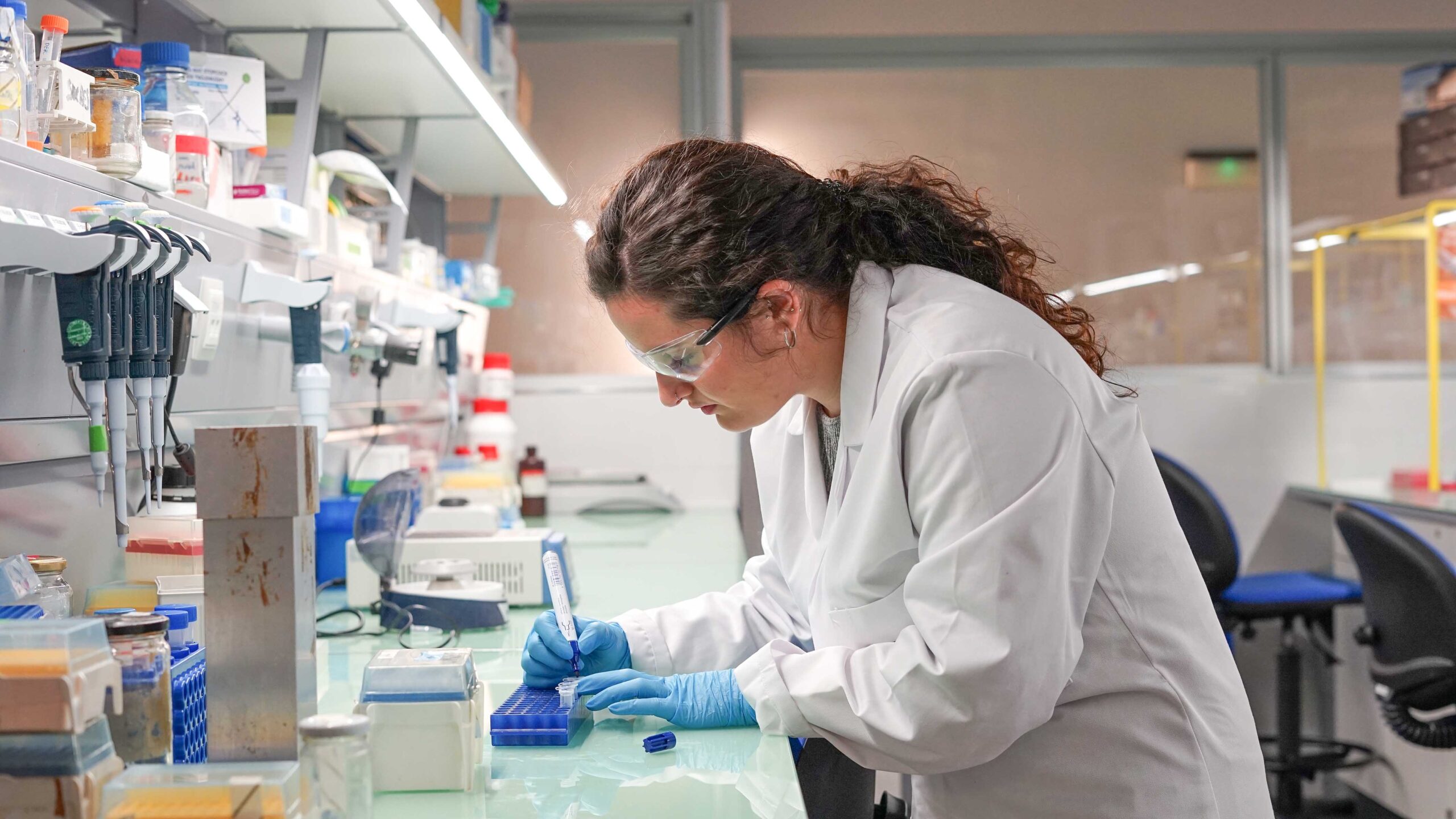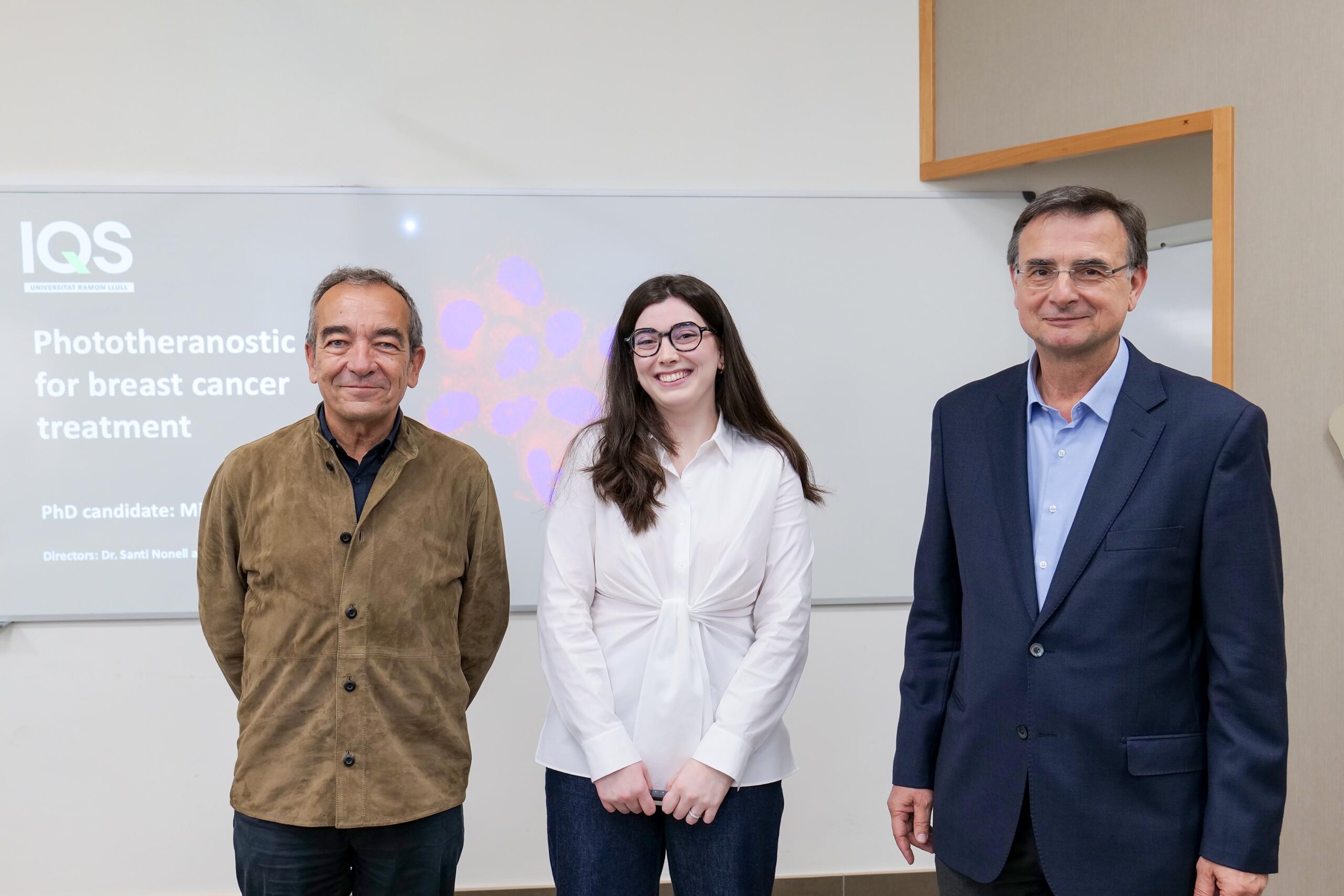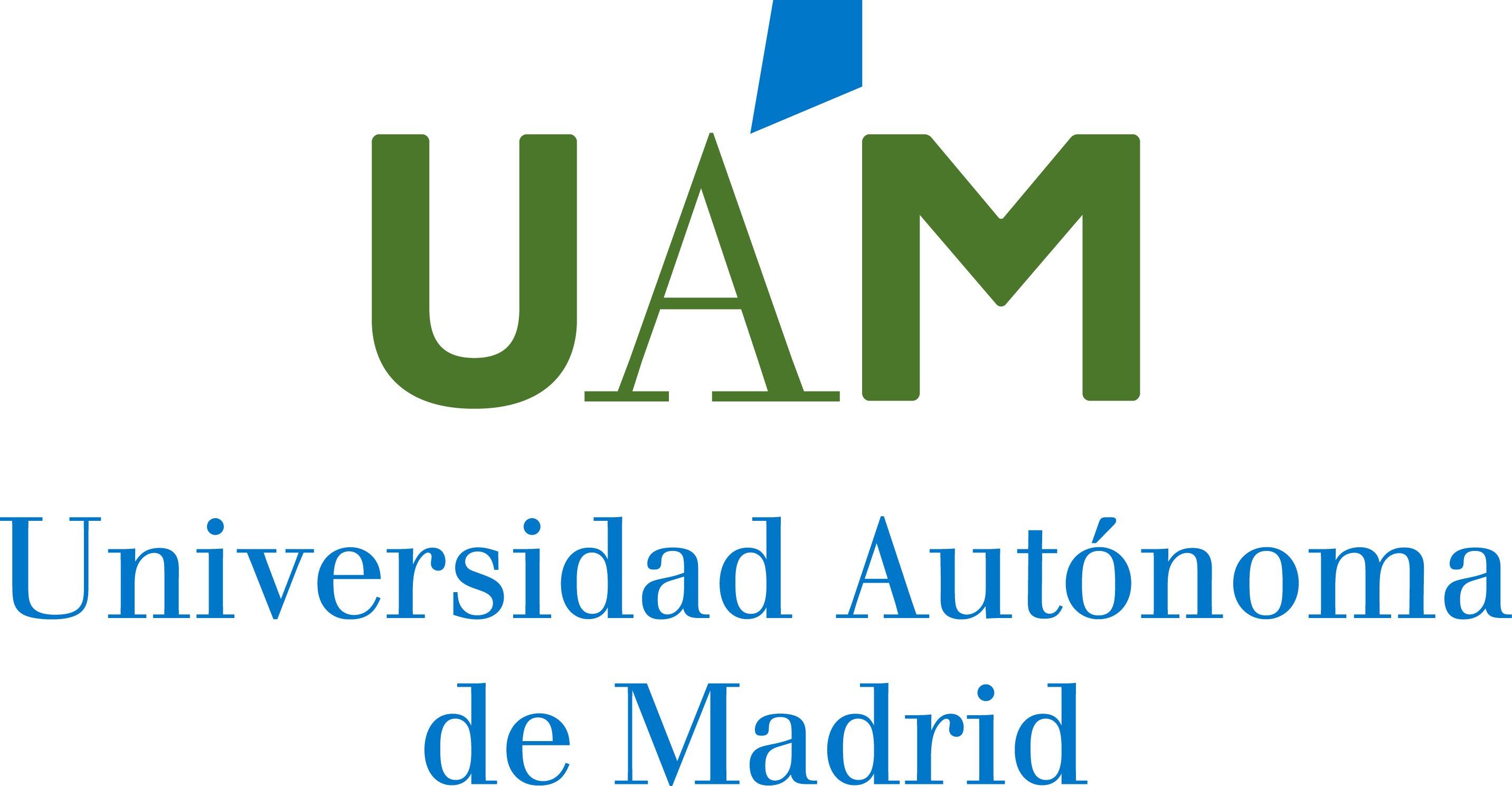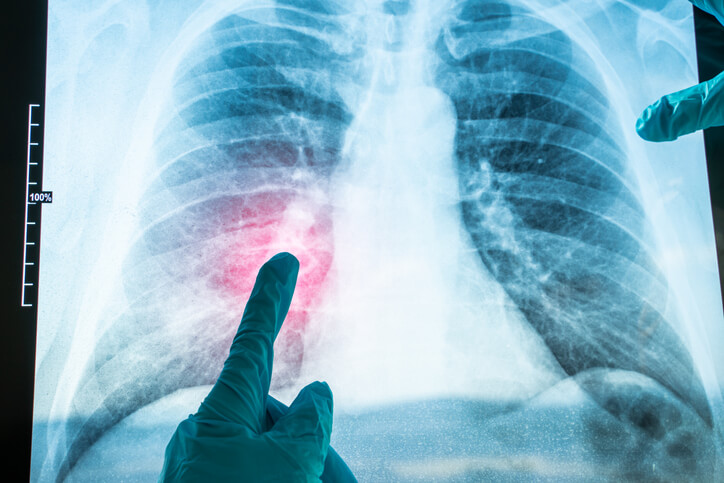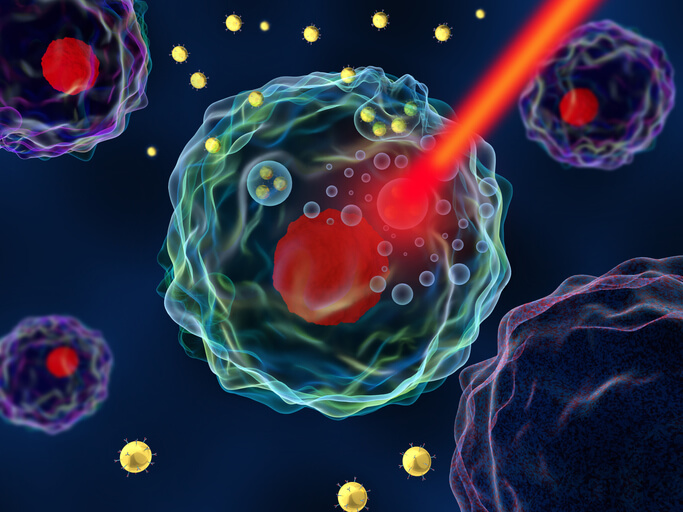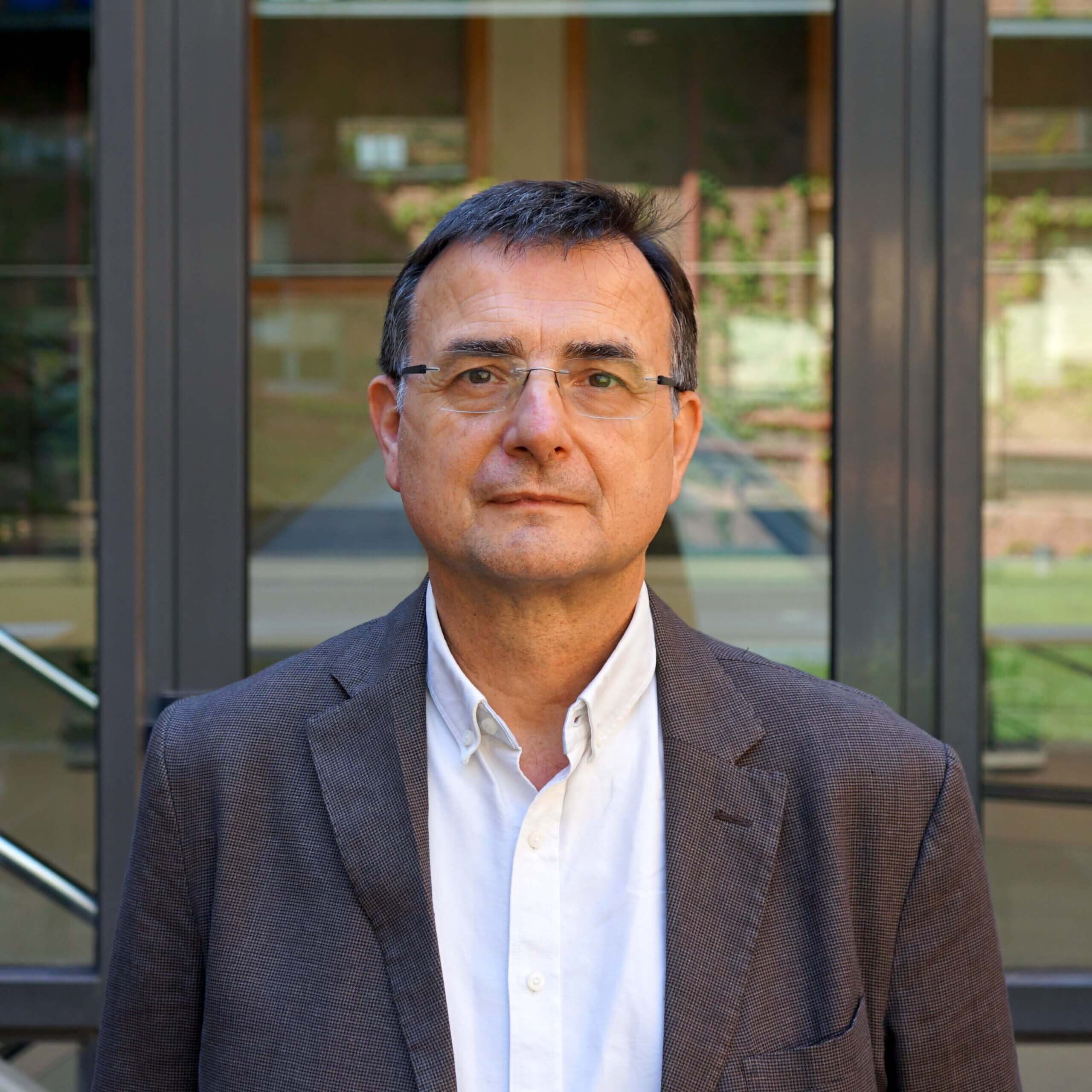Light plays a crucial role in innovative therapies, particularly in the field of photodynamic therapy (PDT), a treatment alternative in the field of oncology that takes advantage of the interaction of light with photosensitizing agents to produce cell death. However, its clinical application has been limited both by insufficient selectivity and effectiveness in destroying cancer cells and by the challenge of efficiently releasing sensitizers in the tumour area.
One of the worst prognostic and most aggressive behavioural cancers is HER2+ breast cancer. Surgery is not the best option to fight against it as new and multiple surgeries are often required since the presence of residual tumour cells persists. Photodynamic treatments (with light-activated sensitizing agents) represent a good therapeutic option, but this light property can also be used to conduct Fluorescence Guided Surgery (FGS). FGS allows improvements in the image prior to surgery, with better visualization of the margins of a solid tumour and better spatial and temporal resolution, thus facilitating the surgeon’s work.
Within this context, Dr Mireia Jordà Redondo recently conducted her doctoral thesis, jointly supervised by Dr Santi Nonell Marrugat, IQS professor and coordinator of the AppLightChem research group, and Dr Joan Francesc Julián Ibáñez, professor at the Autonomous University of Barcelona and Head of the General and Digestive Surgery Service at the Germans Trias i Pujol University Hospital.
Under the title Phototheranostic Agents to Treat Breast Cancer, her thesis proposes a combination of diagnostic and treatment techniques based on FGS and PDT in a single intervention. The use of light-activatable probes (FGS) linked to selective antibodies for cancer cells provides a very effective phototheranostic tool to treat cancer diseases: when activated by light, the probes emit fluorescence that helps to define the area of a tumour during surgery and, once it is finished, the same light is able to eliminate residual tumour cells.
Dr Jordà approached her research with two proposals for photosensitizers: one based on the use of antibodies and the other based on the use of nanostructures.
Monoclonal antibody-based photosensitizers
Dr Jordà first developed photoimmunoconjugates, evaluating their affinity for the HER2 receptor and confirming their photodynamic activity against cancer cells for in vitro and in vivo models of the disease.
In a second stage of the thesis, Dr Jordà tried to improve the photoimmunocomjugate by adding an anti-tumour compound to carry out a combined photo and chemotherapy treatment. As a conclusion to this phase, the development of a new family of photoimmunoconjugates began in collaboration with the Autonomous University of Madrid (UAM).
Self-organized photosensitisers
The second part of the thesis consisted of the study of photosensitizers that self-organize, forming nanostructures that allow the transport and release of the drug to the target tissue, without the need for vehiculization in classical drug delivery systems.
Self-organizing nanoparticles keep photosensitizers in an inactive form during transport, thus avoiding side effects from them. When these nanoparticles interact with target cells, they release photosensitizers in the active form, thus increasing the selectivity of photodynamic treatments.
With all the results obtained, Dr Jordà’s thesis opens up new avenues for designing photodynamic therapies and a proposal for an innovative strategy that can be effectively translated into clinical practice.
Related publications
Mireia Jordà et al, Self-assembly for therapy: Phthalocyanine nanostructures, Photodiagnosis and Photodynamic Therapy, 46, 2024, 104151
Mireia Jordà et al, Nanostructured AABB Zn(II) Phthalocyanines as Photodynamic Agents for Bacterial Inactivation, Advanced Therapeutics, 6 (11), 2023, 2300116
This thesis has been conducted within the framework of the PhotoSMS project, financed by the Ministry of Science and Innovation under the 2021 State Plan “Challenges” – Challenge 1: Health, demographic change, and wellbeing, along the strategic line “New diagnostic and therapeutic techniques.”

